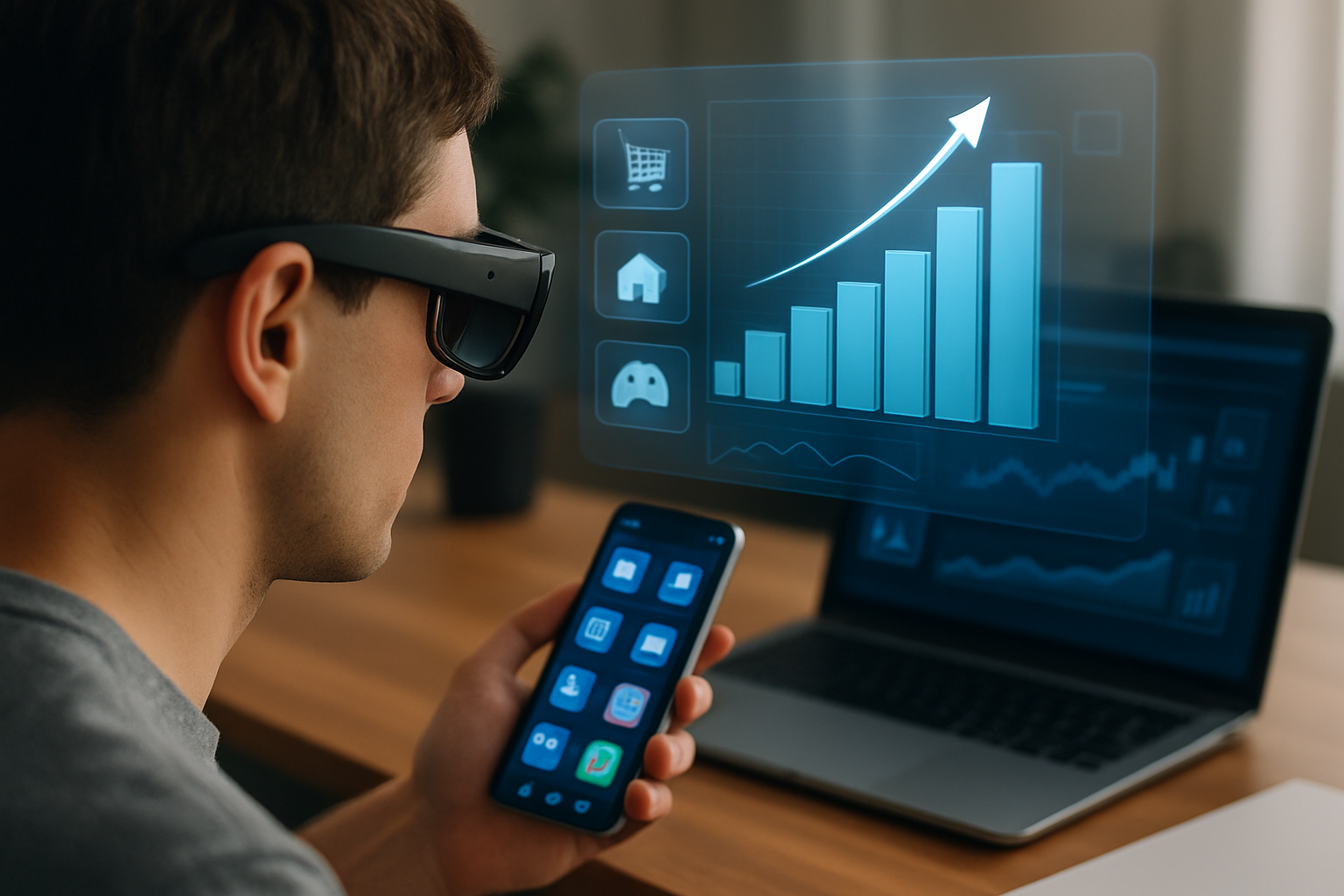Augmented Reality in Today's Consumer Electronics Landscape
Augmented Reality (AR) is no longer a buzzword; it's a reality. This technology, which seamlessly blends the physical and digital worlds, is transforming consumer electronics, from smartphones to home appliances, in ways we never imagined. Let's take a deeper dive.

The Dawn of Augmented Reality
AR technology has been in the making for over half a century. In the 1960s, Ivan Sutherland, often referred to as the father of computer graphics, developed the first head-mounted display system that could overlay wireframe drawings onto the real world. However, it took several decades of technological advancements to bring AR to the mainstream. The 21st century witnessed the introduction of AR in smartphones, gaming devices, and wearables, marking a new era in consumer electronics.
The Power of AR in Today’s Devices
Fast forward to today, and AR is literally at our fingertips. Whether it’s using Snapchat filters, playing Pokemon Go, or trying on clothes virtually, AR is transforming how we interact with our devices. Major tech giants like Apple, Google, and Microsoft are investing heavily in AR technology, integrating it into their products to enhance user experiences.
Impact on the Market
The AR market is growing rapidly. According to a report by Grand View Research, the global AR market size was valued at approximately $17.67 billion in 2020 and is expected to grow at a compound annual growth rate (CAGR) of 43.8% from 2021 to 2028. This growth is anticipated to impact a wide range of consumer electronics, from smartphones to smart TVs, and even home appliances.
The Future of AR in Consumer Electronics
As AR technology continues to evolve, we can expect even more immersive experiences. For instance, Apple’s rumored AR glasses could potentially allow users to receive information about the real world in real-time, making everyday tasks easier and more engaging. On the other hand, AR could also revolutionize home appliances, enabling us to control our devices simply by gestures or voice commands.
AR is rapidly transforming the consumer electronics landscape, and the possibilities are endless. While we’re still in the early stages of this technology, it’s clear that AR is here to stay, promising an exciting future for consumer electronics.
In conclusion, AR technology is not just shaping our devices; it’s shaping our lives. As we move forward, it will be fascinating to see how this technology evolves and further integrates into our everyday devices. One thing is for sure: the future of consumer electronics is augmented.





